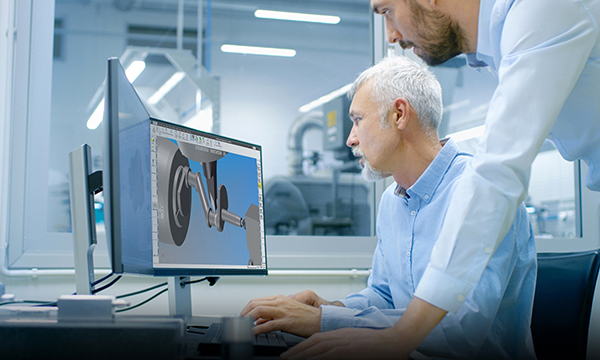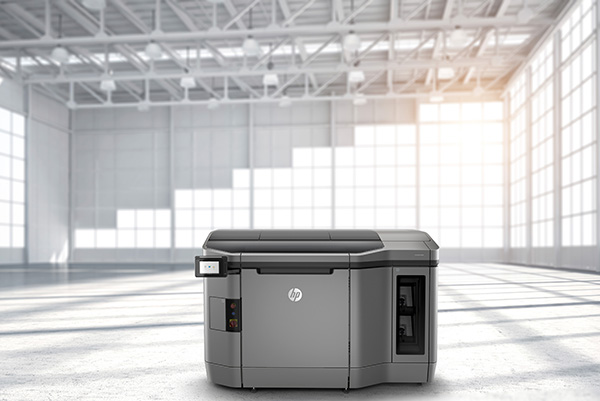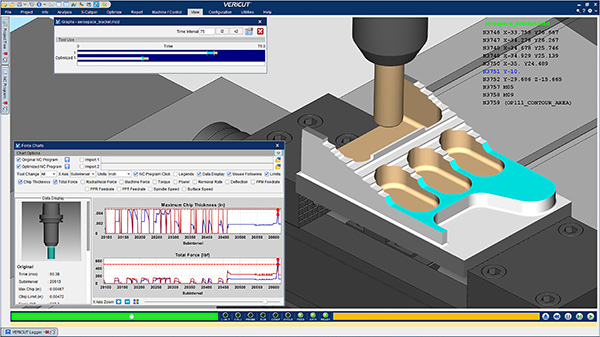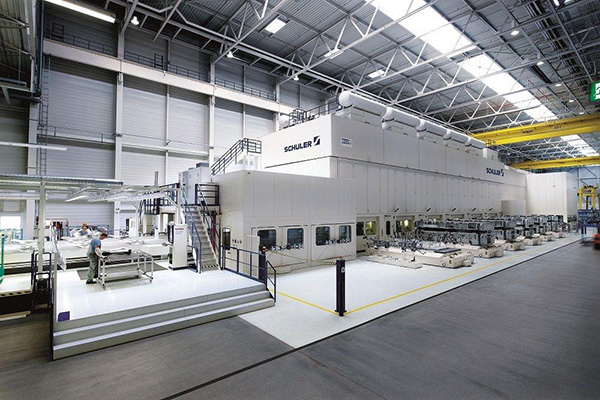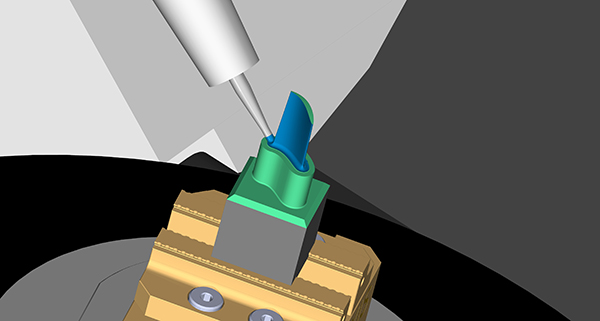3D Systems has released GibbsCAM 13, which provides a streamlined user experience, additional milling and turning capabilities, and an enhanced G-code editor that improves communication between software and CNC machining centres. UK availability is via Tech CADCAM.

GibbsCAM is said to be the industry’s only software offering elliptical turning, interpolation turning and eccentric turning, thus allowing full functionality for multi-tasking machines. Elliptical turning allows the user to turn parts on any machine that has an accommodating axis, such as four-axis mills, turn-mill and boring machines. Interpolation turning allows the user to cut a turning-style path by orienting a lathe insert towards a centreline, while moving three linear and up to three rotary axes. Turning operations can now be performed on milling and boring machines as well as turning centres with orientable spindles. Eccentric turning facilitates turning operations for shapes not aligned with the centre axis of a part, such as the cutting of lobes on a crankshaft or camshaft, eliminating costly set-ups and fixtures.
‘Autobar Chamfer’ is offered for the first time in the industry in GibbsCAM 13. This function lets the user define automatic chamfering of stock to eliminate burrs, which is especially useful on Swiss-style (sliding-head) lathes. In addition, broaching enables the programming and simulation of linear and rotary broaches from the GibbsCAM interface. A full set of broaching tools are included, or a
user can create custom broaches. Full broaching capabilities are available for milling and turning.
Five-axis deburring enables users to automatically program deburring operations by selecting geometry, surfaces or an entire model.
For further information www.techcadcam.net






